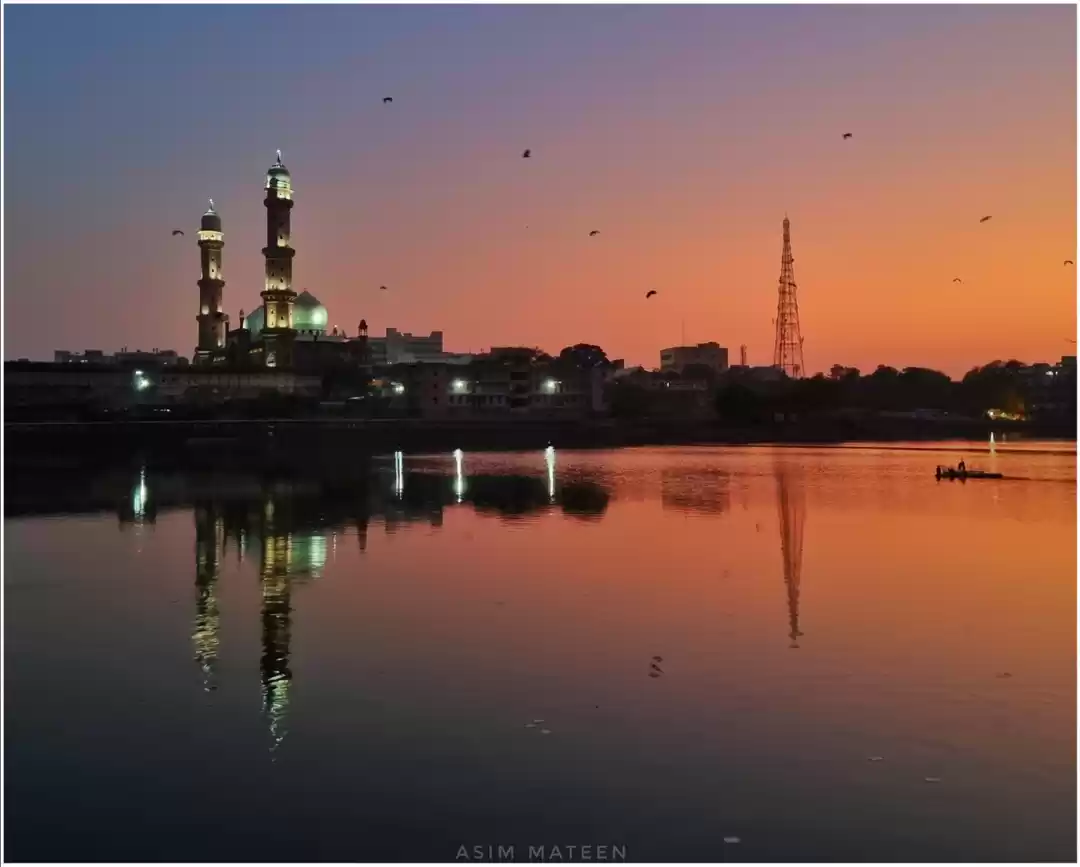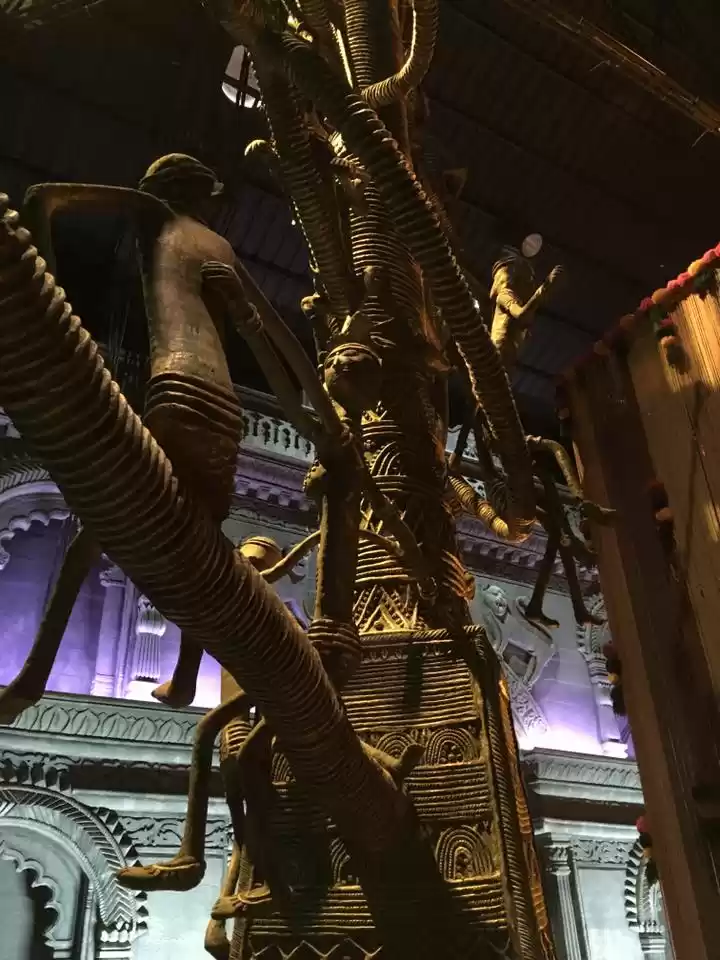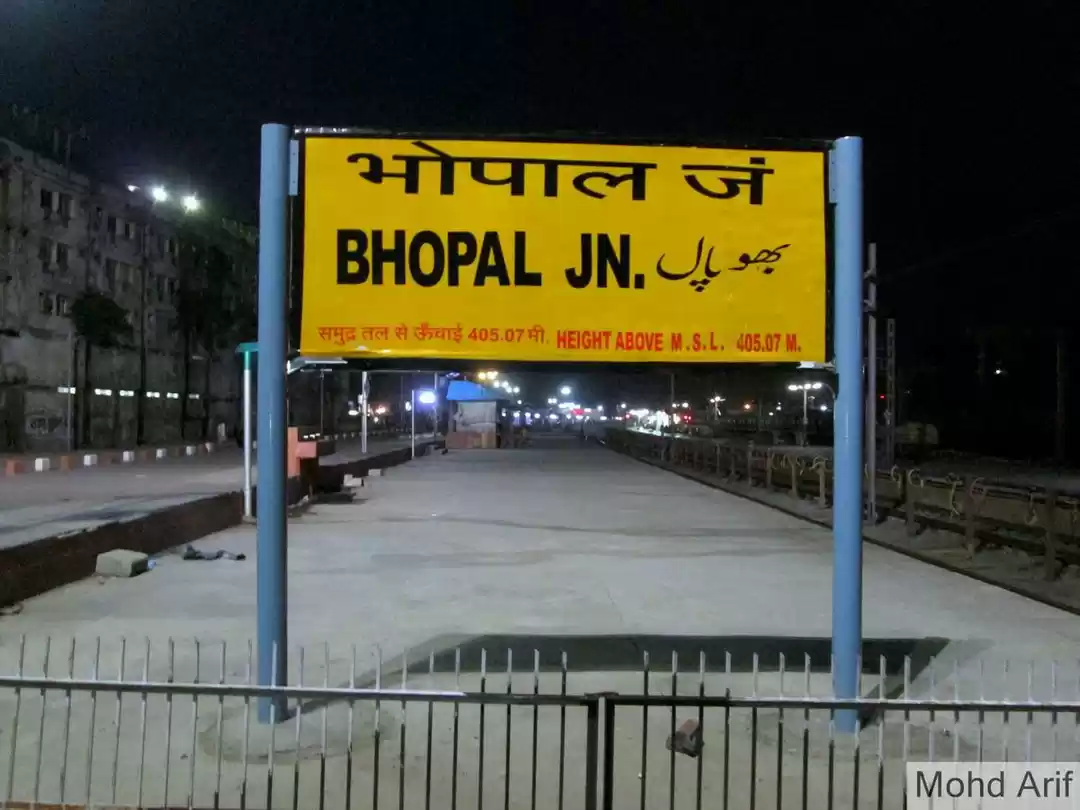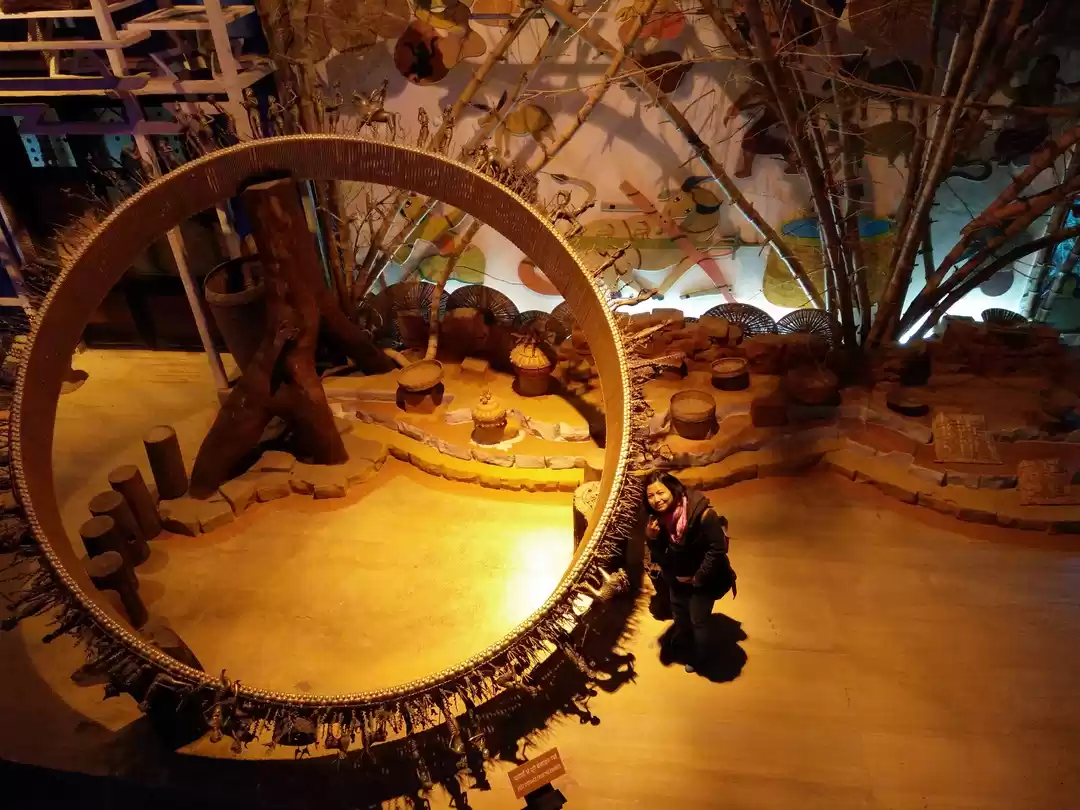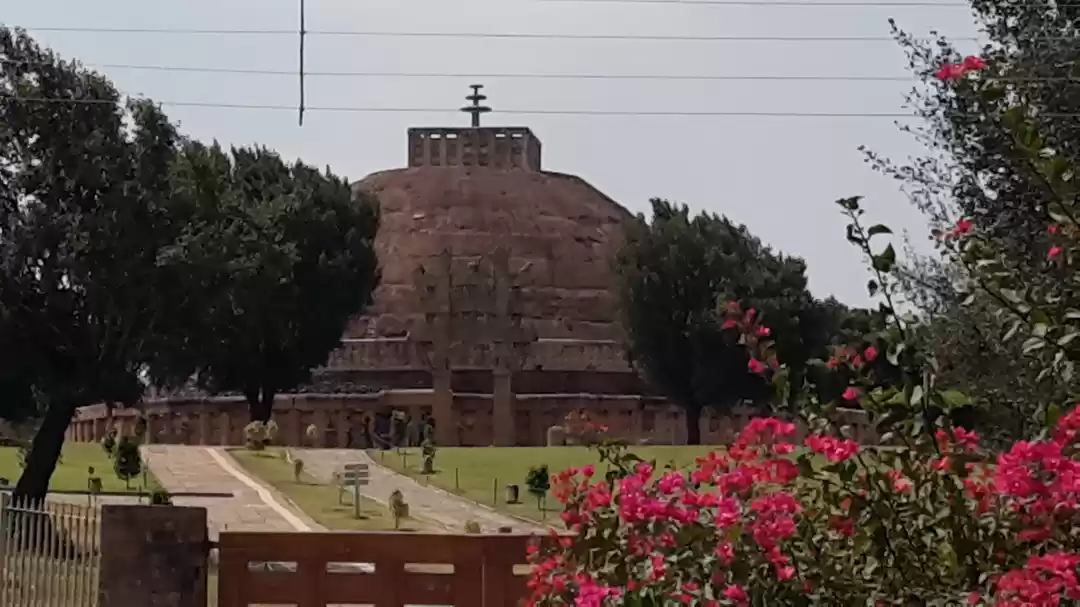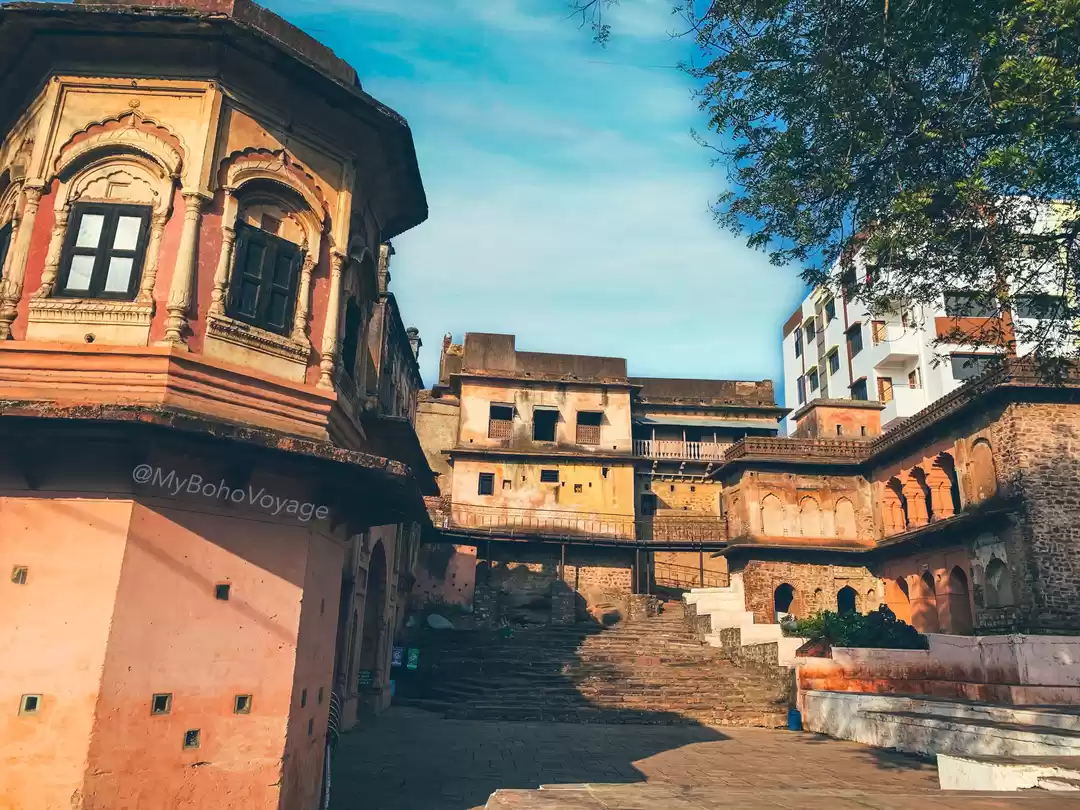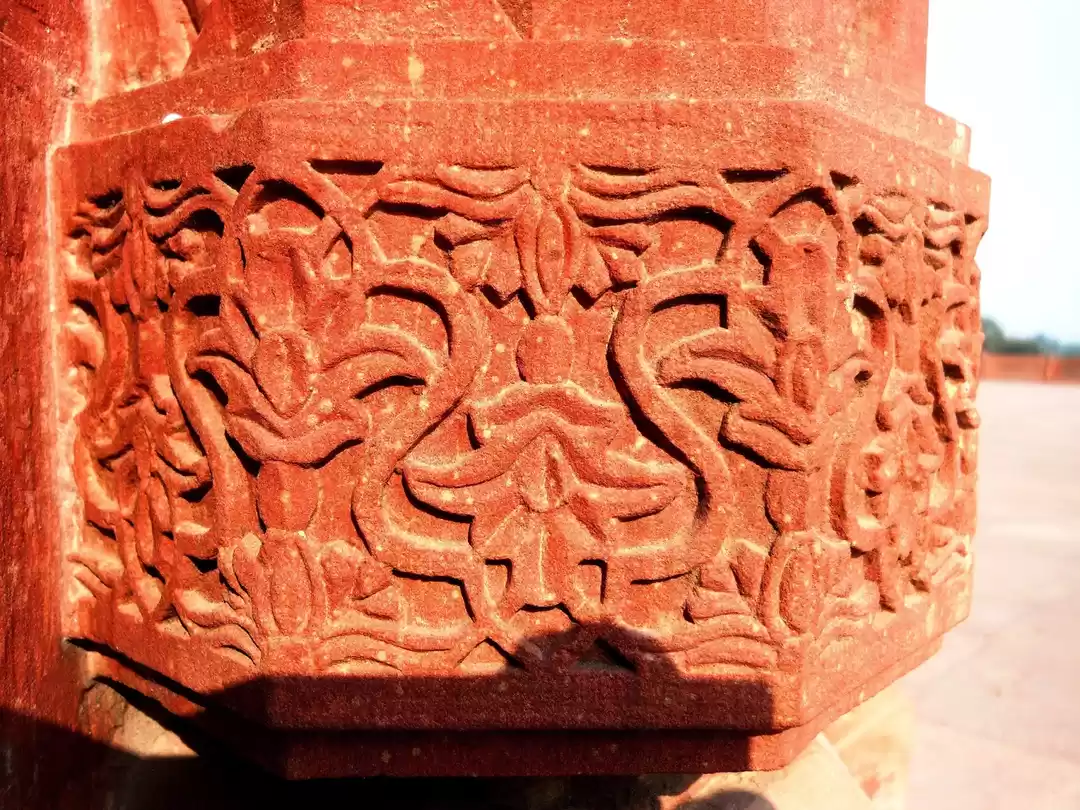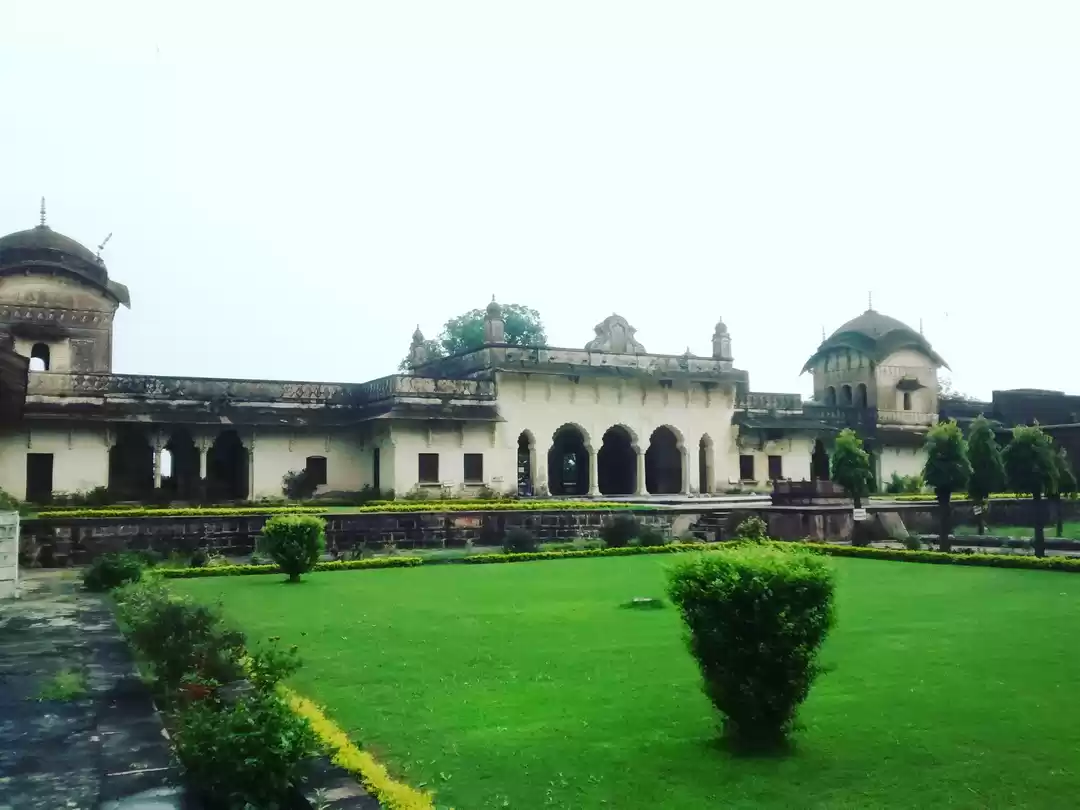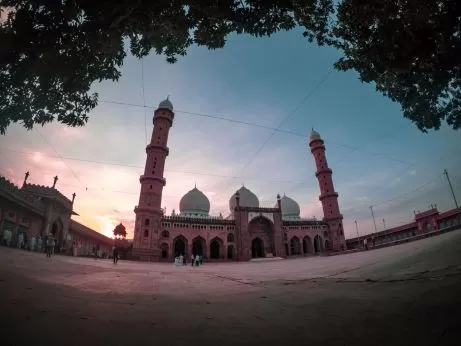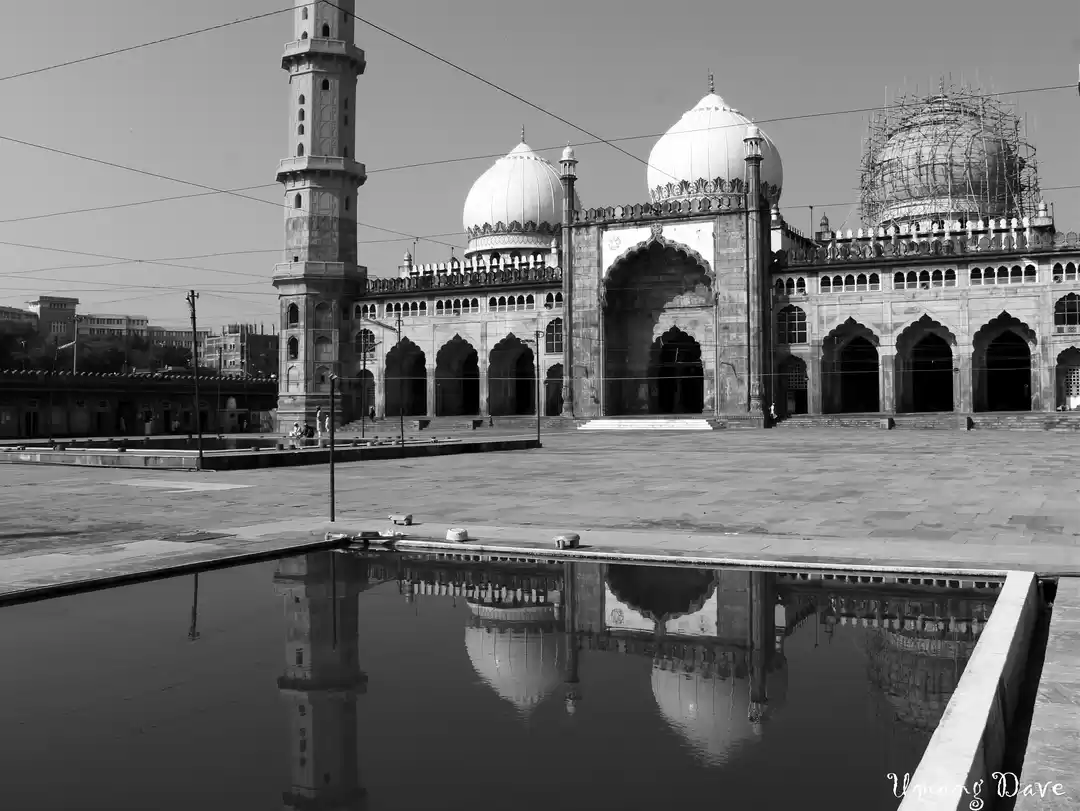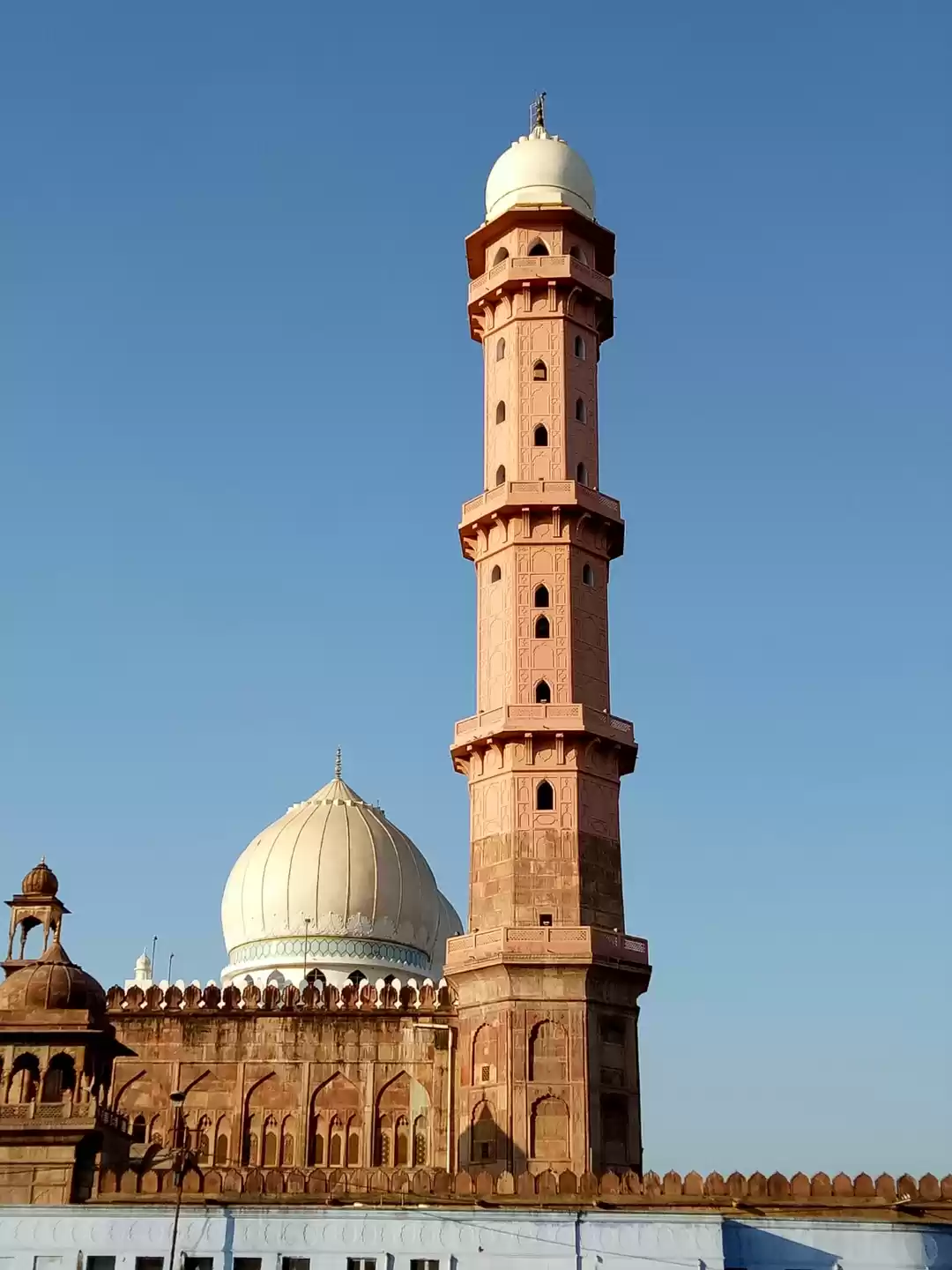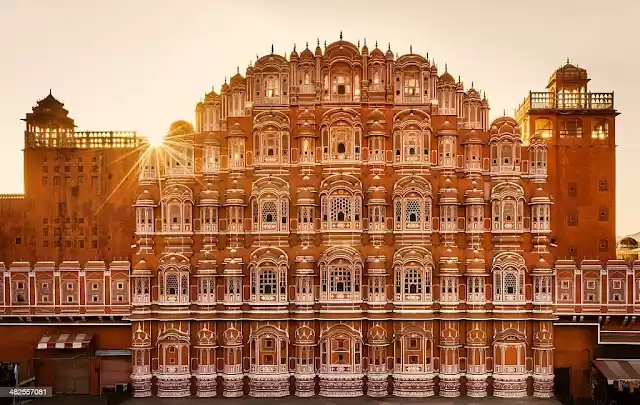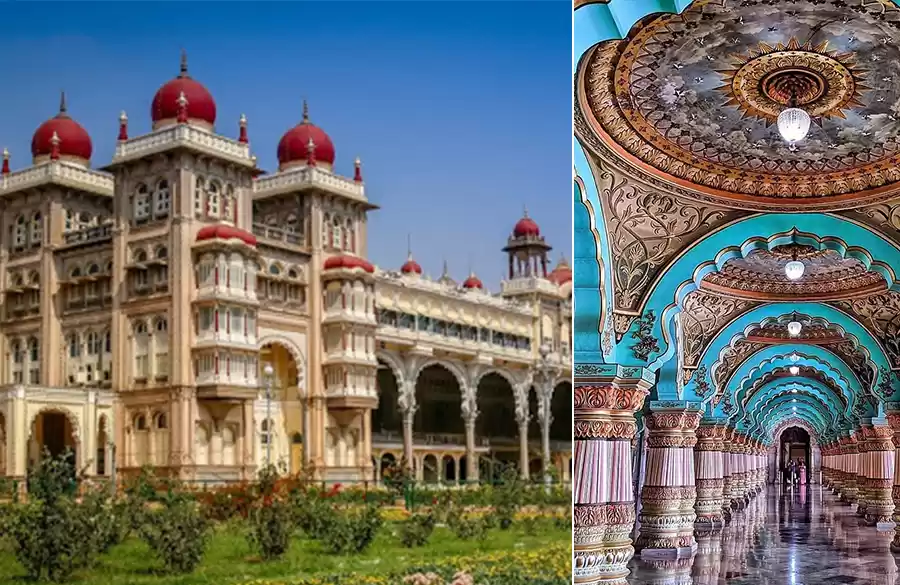
Welcome to the timeless charm of Gohar Mahal, an architectural marvel nestled in the heart of Bhopal, India. This blog post takes you on a captivating journey through the history, unique features, and practical information to make your visit to this grand monument unforgettable.
Explaining the Name
Gohar Mahal, meaning "Jewel Palace" in Urdu, aptly justifies the splendor of this enchanting structure. Built during the reign of Qudisiya Begum, the first female ruler of Bhopal, the palace is an extraordinary blend of Hindu and Mughal architecture.
The Builder and Its History
Gohar Mahal, the Jewel Palace of Bhopal, was brought to life through the vision and determination of Qudisiya Begum, the first female ruler of Bhopal. Qudisiya Begum, also known as Gohar Begum, ascended the throne in the mid-19th century and ruled the princely state of Bhopal with grace and wisdom.
Qudisiya Begum was a woman of immense talent and intellect, with a deep passion for art, culture, and architecture. She recognized the need for a splendid palace that would not only serve as her residence but also become a symbol of the rich heritage of Bhopal.
To fulfill her dream, Qudisiya Begum entrusted the construction of Gohar Mahal to her chief advisor and confidant, Yar Mohammad Khan. Yar Mohammad Khan was a skilled architect and a trusted aide to the Begum. Under his guidance, the construction of Gohar Mahal began, and it soon became an ambitious project that combined elements of Hindu and Mughal architecture.
The builder, Yar Mohammad Khan, took great care to infuse the palace with intricate detailing, delicate carvings, and grand archways, reflecting the essence of both Hindu and Mughal art. His expertise ensured that Gohar Mahal emerged as an epitome of architectural brilliance and cultural fusion.
Gohar Mahal's construction spanned several years, and its completion marked a significant milestone in the history of Bhopal. As the palace neared its final form, Qudisiya Begum's passion and dedication were rewarded with a masterpiece that continues to captivate visitors to this day.
Today, Gohar Mahal stands as a living testament to the indomitable spirit of Qudisiya Begum and the artistic genius of Yar Mohammad Khan. It remains a cherished heritage site, preserving the legacy of its builder and the history of a bygone era. The palace's enchanting beauty and historical significance make it an essential destination for those seeking to explore the grandeur of India's architectural past.
Architectural Style

Gohar Mahal is a stunning example of the Indo-Islamic architectural style, a captivating blend of Hindu and Mughal influences. This unique fusion of architectural elements results in a structure that is both visually striking and culturally significant.
The Indo-Islamic architectural style emerged during the medieval period in the Indian subcontinent when Islamic rulers began to establish their rule in various regions. They integrated their artistic and architectural traditions with the existing local styles, primarily Hindu and Jain architecture, creating a harmonious amalgamation.
At Gohar Mahal, one can observe the harmonious integration of these two distinct architectural traditions. The palace features prominent elements from both Hindu and Mughal architecture, showcasing the versatility and creativity of its builders.
The influence of Hindu architecture can be seen in: Temple-Like Elements: Gohar Mahal incorporates temple-like features, such as intricately carved pillars, ornate ceilings, and decorative brackets, reminiscent of traditional Hindu temples. Jharokhas (Balconies): The palace is adorned with graceful jharokhas or balconies, a characteristic feature of Rajasthani and Mughal architecture, which provide ventilation and enhance the visual appeal of the building. Water Reservoir: Inside the palace, there is a water reservoir, displaying the ancient Hindu architectural practice of incorporating water bodies within the palace premises for practical and aesthetic purposes. On the other hand, the influence of Mughal architecture can be observed through: Domes and Archways: Gohar Mahal boasts elegant domes and archways, quintessential features of Mughal architecture, inspired by Persian and Islamic designs. Ornamental Carvings: Intricate floral patterns, geometric designs, and calligraphy, typical of Mughal art, embellish the walls and surfaces of the palace. Courtyard Design: The central courtyard of Gohar Mahal, another hallmark of Mughal architecture, serves as a focal point and creates an inviting and open space within the palace.
The skilled craftsmanship and creative synthesis of these architectural styles have given rise to a masterpiece that captivates visitors with its grandeur and splendor. Gohar Mahal stands as a testament to the rich cultural exchange and the ability of architectural styles to transcend religious and cultural boundaries. It continues to be a symbol of India's architectural diversity and a cherished heritage site that allows us to glimpse the beauty of the past.
Unique Facts about Gohar Mahal:
Garden of Fragrance: One of the most captivating features of Gohar Mahal is the enchanting "Gulab Bagh" or Garden of Fragrance that surrounds the palace. The garden is a symphony of colors and scents, filled with aromatic flowers and herbs that create a delightful sensory experience for visitors. Strolling through the garden's pathways offers a serene and refreshing escape from the bustling city, making it a tranquil oasis.
Cultural Hub: Gohar Mahal holds a rich historical significance as a vibrant cultural hub during its heyday. It served as a center for various cultural activities, where poets, musicians, artists, and scholars gathered to exchange ideas and showcase their talents. This royal patronage of arts and culture played a pivotal role in enriching the cultural landscape of Bhopal and fostering creativity.
Fascinating Light Play: The architecture of Gohar Mahal has been ingeniously designed to create a captivating play of light and shadows during sunrise and sunset. The interplay of sunlight on the intricate carvings, domes, and archways casts mesmerizing patterns, elevating the palace's charm to a whole new level. For photography enthusiasts, this feature offers a delightful opportunity to capture stunning and ethereal moments.
Reservoir within the Palace: One of the most intriguing aspects of Gohar Mahal is the presence of a water reservoir within the palace premises. This ingenious water management system allowed the palace to be self-sufficient and maintain a steady water supply, reflecting the architectural foresight and practicality of its builders.
Blend of Hindu and Mughal Elements: As mentioned earlier, Gohar Mahal's architectural style is a remarkable blend of Hindu and Mughal influences. The seamless integration of these diverse elements showcases the builders' ability to harmoniously combine different cultural aesthetics, resulting in a monument of exceptional beauty and cultural significance.
Historical Relevance: Gohar Mahal witnessed the reign of Qudisiya Begum, a pioneering female ruler, who made a lasting impact on the history of Bhopal. Her progressive vision and patronage of art and culture added to the palace's significance, making it a symbol of empowerment and cultural refinement.
Preservation Efforts: Over the years, Gohar Mahal has undergone extensive restoration and preservation efforts to conserve its architectural splendor and historical importance. These conservation endeavors have ensured that the palace stands as a proud witness to the past, welcoming visitors to admire its grandeur and learn about India's rich heritage.
Gohar Mahal's unique facts make it a place of wonder and admiration for history enthusiasts, architecture lovers, and travelers seeking to delve into the rich cultural tapestry of India. As you explore the palace and its surroundings, you will be enchanted by its timeless beauty and the stories it holds from centuries gone by.
Best Time to Visit
To experience the true essence of Gohar Mahal, plan your visit during the cooler months from October to March. The pleasant weather enhances the overall experience, allowing you to explore the premises comfortably.
How to Reach Gohar Mahal
By Air:
Bhopal Airport (Raja Bhoj Airport) is well-connected to major Indian cities. From the airport, hire a taxi or take a local bus to reach Gohar Mahal.
By Train:
Bhopal Junction serves as the main railway station in the region. Upon arriving, you can easily find auto-rickshaws and cabs to reach the palace.
By Road:
Bhopal has a well-developed road network, and various state-run and private buses operate within the city. Hiring a cab or using ride-sharing apps is also a convenient option.
FAQs
Q1: Is photography allowed inside Gohar Mahal?
A1: Yes, photography is permitted inside the palace. Feel free to capture the beauty of this historical gem.
Q2: Are there any entry fees to visit Gohar Mahal?
A2: Yes, there is a nominal entry fee for Indian and foreign tourists. It helps in the maintenance and preservation of this heritage site.
Q3: Are guided tours available?
A3: Yes, guided tours are available. Knowledgeable guides will narrate fascinating stories about the palace's history and architecture.
Q4: Are there any nearby attractions to explore after visiting Gohar Mahal?
A4: Absolutely! Some nearby attractions include the Bharat Bhavan, Taj-ul-Masajid, and Upper Lake, which are a must-visit for any traveler.
Conclusion
Gohar Mahal stands as a testament to the glorious past of Bhopal and the artistic brilliance of its creators. A visit to this splendid palace will transport you back in time, where you can immerse yourself in the rich cultural heritage of India. From its fascinating history to its architectural opulence, Gohar Mahal is a treasure trove waiting to be discovered.
So, mark your calendar, pack your bags, and set out on a journey of a lifetime to explore the grandeur of Gohar Mahal!




